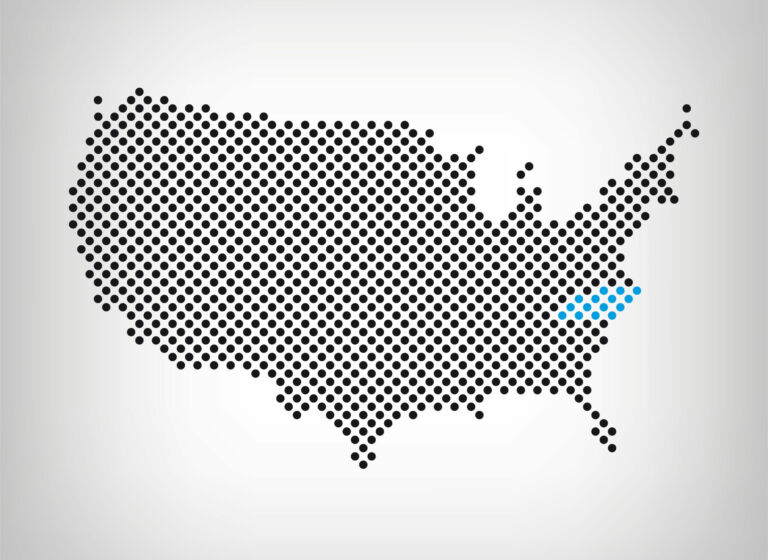On Friday, JLF’s Joe Coletti published a research brief on where Alaska’s budget currently stands. According to Coletti:
Alaska’s disastrous expectations of a return to high oil prices in recent years left the state making regular withdrawals (totaling $16 billion since 2014) from its savings reserve and since 2016 cutting the Permanent Fund Dividend payment to every Alaskan. Both budget ploys were also necessary because nobody wanted to cut spending on programs.
According to Coletti, the state’s current governor ran on fixing this issue:
Newly elected Gov. Mike Dunleavy in December said the state faced another $1.6 billion shortfall this year in the $11.5 billion spending plan left by his predecessor, Bill Walker. Dunleavy campaigned on a promise to restore the statutorily mandated dividend payment, which would total $3,000 per person this year instead of the $1,600 currently budgeted.
However, Coletti explains, those efforts have been challenging:
After the legislature cut spending in its budget bill, Dunleavy used his line-item veto to eliminate $400 million in spending, including $130 million for the University of Alaska, 40 percent of the system’s budget. He also agreed to keep the dividend at $1,600. Overall, he claimed the savings would cut the deficit in half. Public outcry forced the governor and legislators to restore $156 million this month, though Dunleavy has not given up despite a recall effort.
Alaska is still struggling to lower its spending to a sustainable amount. Coletti suggests Alaskans look at North Carolina’s recent changes as a starting point for reforms:
North Carolina provides the best example of what is possible when government spends less than it collects. Higher than expected tax revenues can help build savings or be returned to taxpayers. A number of factors helped make this possible, starting with a vibrant economy aided by an improving tax and regulatory environment that provide certainty for businesses. The first step in North Carolina, in Wisconsin, and now in Alaska, has been to recognize the limits of what government can spend on entitlements and other programs. Spending cuts are a better response to fiscal challenges than tax increases.
Read the full brief here. Learn more about North Carolina’s budget surplus here.


